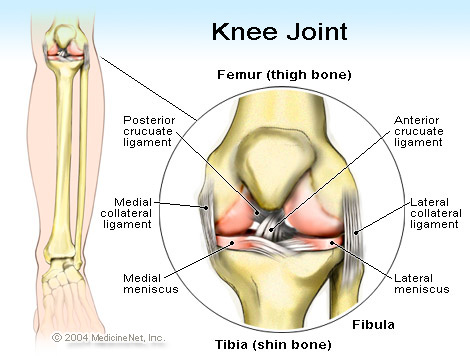
While I was reading The Next Evangelicalism, which is a must read for every North American church leader, I was deeply impacted with the profound truths that Rah put forth regarding the current state of our churches and the way forward (Click here to read my review of the book)
Like Rah, I am a second-generation Korean immigrant, the only difference is that I am Korean-Canadian, and not American. As a result, for the past 10 years, I have been reflecting on issues of ethnicity and the second generation, but I have never heard someone state the importance of my experience and the potential of my role quite like he has. For example, “in the next evangelicalism, the second generation, with their unique ethos and strength…will be the ones best equipped to face the next stage of the church” (181).
[Read more…] about Why Every Healthy Church Needs The Second Gen

